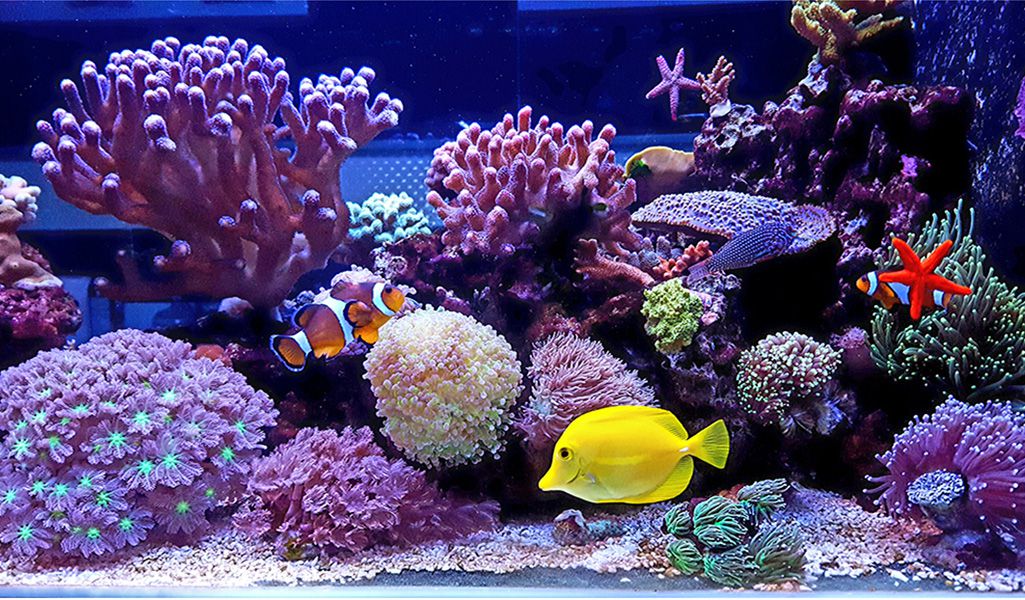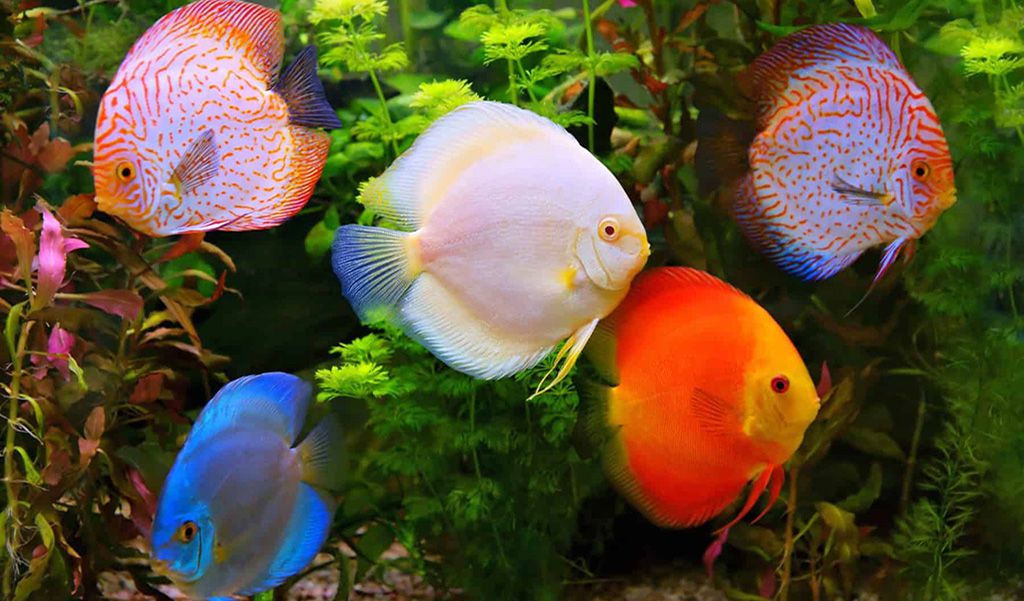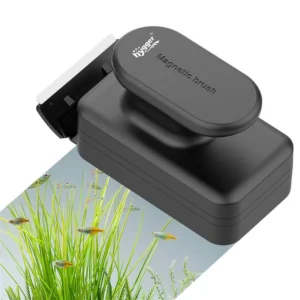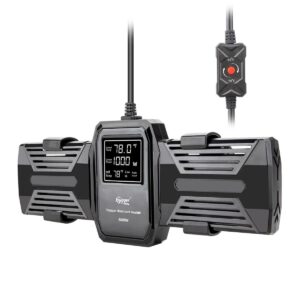When it comes to fishkeeping, do all fish tanks need an aquarium heater? It depends on the fish species exactly. Tropical fish do need an aquarium heater, while cold water fish can survive without an aquarium heater. Next, we will discuss how to care for tropical fish in a fish tank.
Content Table
Can Tropical Fish Be Saltwater
Usually, tropical fish include freshwater and saltwater ones. Both of them should be kept in warm water. For example, a water temperature of 75-80℉ in fishkeeping. And most of them are colorful. Nevertheless, there are also differences between freshwater and saltwater tropical fish. Generally, freshwater and saltwater tropical fish are different in origins, price, maintenance, and appearance.
Most tropical fish are freshwater ones, which come from regions with tropical climates and should be kept in aquariums with fresh water. They are cheap and easy to care for, thus, they get popular. On the contrary, with a higher price, saltwater tropical fish are almost from the seas. They should be kept in fish tanks with saltwater, but they are harder to keep in aquariums. However, their colors, patterns, and behavior are more vivid.
Tropical Fish Care Guides
Fish tank set up
First, it is essential to make sure ideal tank size. And you’d better search online for the suitable tank size for your fish. Take angelfish as an example, freshwater angelfish need a minimum tank size of 20 gallons, while saltwater angelfish require a 55-gallon fish tank at least. Besides that, you should also place the fish tank properly. The locations listed below should be avoided:
- Locations with a loud noise.
- Locations causing water temperature changes.
- Under direct sunlight
- Locations with strong drafts
Additionally, here are some basic aquarium equipment for tropical fish tanks:
- Aquarium heater & thermostat: To avoid water temp fluctuation, as well as remain stable and ideal water temperature.
- Filters for fishkeeping: To keep the water clean and maintain great water quality.
- Aquarium air pump: To aerate the water and make sure sufficient oxygen level.
- Aquarium light: To enhance fish’s colors and promote the photosynthesis of aquatic plants.
Aside from that, you can also decorate your fish tank with some aquarium decors, such as rocks, aquatic plants, corals, and other ornaments.

Fish compatibility
Considering that tropical fish can be peaceful or aggressive, thus, you should be cautious when introducing different fish species in a fish tank. Otherwise, it may cause injuries or deaths. Also, we will cover some fish that can be kept in an aquarium.
Tropical fish for a freshwater aquarium:
- Freshwater angelfish
- Rainbowfish
- Gouramis
- Discus fish
- Peaceful barbs
Tropical fish for a saltwater aquarium:
- Saltwater angelfish
- Clownfish
- Tangs with similar size
Daily maintenance
After that, daily maintenance is also vital. On the one hand, you should keep great water quality. As a result, you can change 15-30 percent of the water weekly and check the water parameters regularly. On the other hand, keeping a clean fish tank is essential. Therefore, it is recommended to clean the aquarium glass, aquarium filter, air pump, and other aquarium supplies. Once a week or once a month, for instance.
By the way, How to Clean the Inside Glass of an Aquarium will give you a favor in aquarium glass cleaning. Also, trimming the live plants is needed. Otherwise, they would outgrow in the tank and block the light. Additionally, feeding your fish regularly can keep them healthy. You’d better feed them twice a day, and make sure they finish eating within about 2–3 minutes.
Why Do My Fish Keep Dying
Unfortunately, fish may suffer death. This segment will talk about the causes and share some preventive actions.
The potential causes of fish deaths
- Facing New Tank Syndrome
- Stress caused by inappropriate aquarium size, incompatible tank mates, or other reasons
- Poor water conditions (e.g.: inappropriate water temperature, oxygen deficiency, or poor water quality)
- Overfeeding
- Fish Disease

Preventive actions against fish deaths
In short, maintaining a clean aquarium, feeding your fish properly, and recognizing the signs of disease are the most important. For one thing, add an aquarium filter to circulate the water and install an aquarium heater to maintain a stable and ideal water temperature. A heater with an internal thermometer is perfect. At present, most heaters can automatically turn on and off.
For another thing, it is recommended to feed your fish with small and frequent meals. Feeding them twice each day is feasible. And make sure that they can finish eating within 2–3 minutes for each meal. Also, you’d better remove the uneaten food in time. Otherwise, it may be converted into toxins, which are detrimental to fish.
Furthermore, diseases may be fatal for fish, and some even are contagious. Hence, it is best to quarantine the infected fish once you notice one. As a result, you should try to identify the signals of infection or diseases. To take dropsy as an example, you should observe whether fish are bloated or have protruding scales. Facing dropsy, fish may suffer bloating or even renal failure. Luckily, dropsy is not contagious.
Reminder
Aside from all mentioned above, here are some tips. To decrease the risk of New Tank Syndrome, it is advisable to cycle the new tank without fish. Water becomes cloudy and smelly, or fish lose their desired appetite, which are signs of new tank syndrome. On the other side, in addition to appropriate cleaning and feeding, you should also add some beneficial bacteria.
After reading, hope you will have an enjoyable journey to tropical fish keeping. Finally, thank you for reading.


Leave a comment